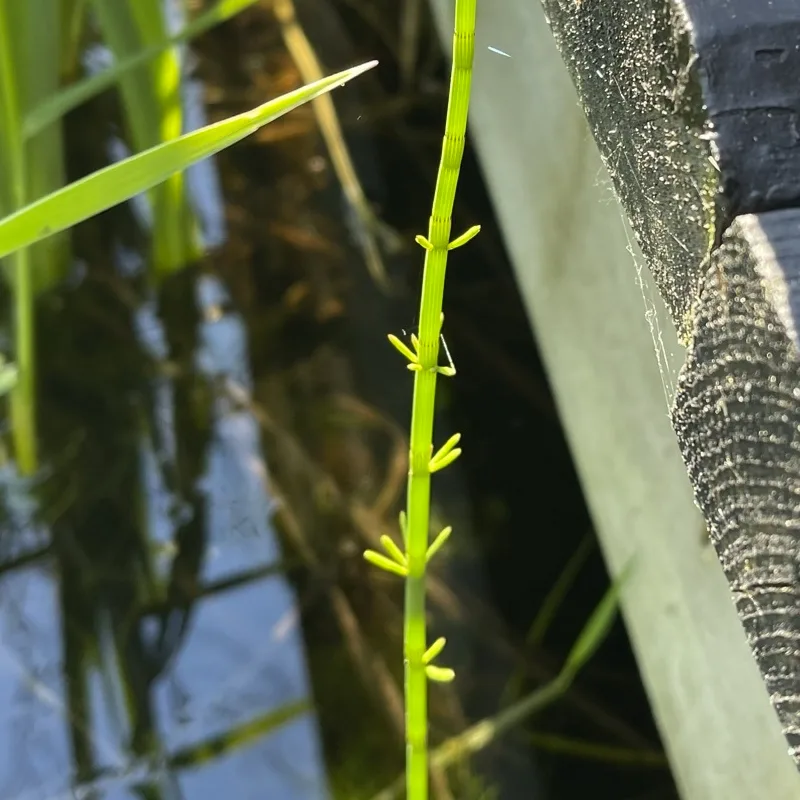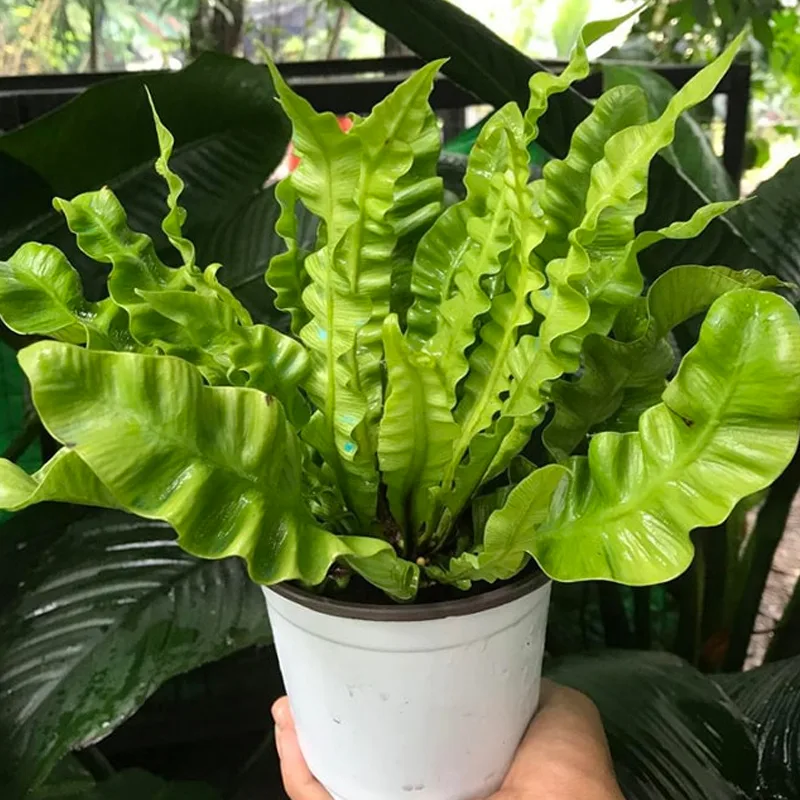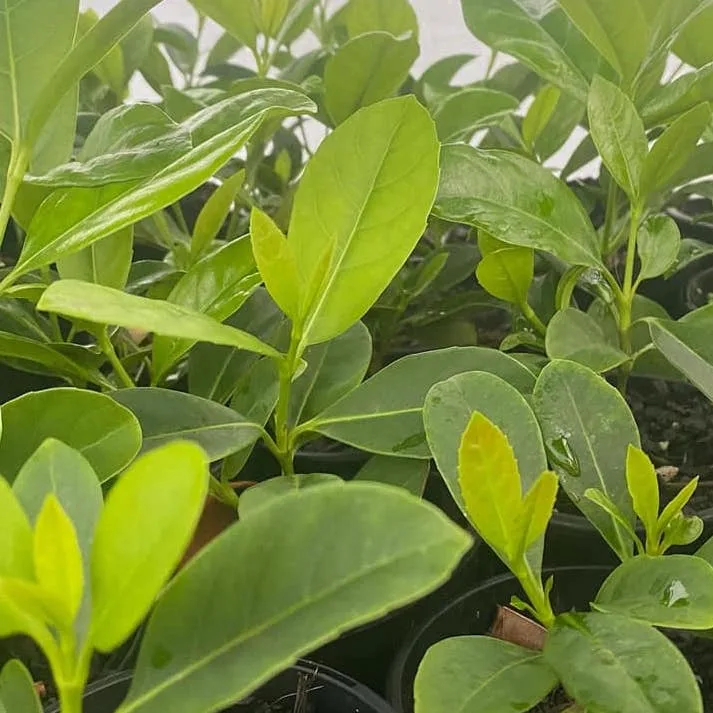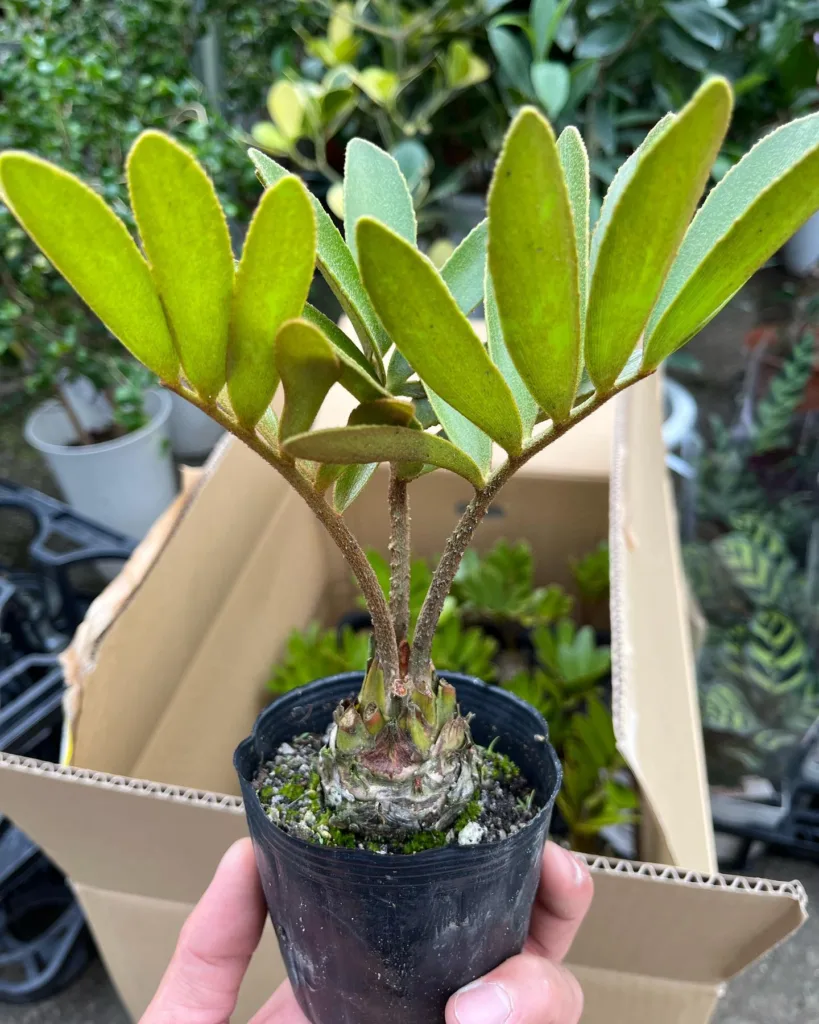What is Anthurium Friedrichsthalii?
As a passionate plant enthusiast, I’m often captivated by unique and exotic flora. The Anthurium Friedrichsthalii, also known as Friedrichsthal’s Flamingo Flower or Bird’s Nest Anthurium, is one such plant that has stolen a place in my heart (and my living room).
Here, I’ll answer some of the most common questions I’ve encountered about this captivating aroid, helping you decide if it deserves a spot in your own urban jungle.
1327 Species in Genus Anthurium
What Makes the Anthurium Friedrichsthalii Special?
The allure of the Anthurium Friedrichsthalii lies in its striking visual appeal. Unlike its flamboyant cousins known for their showy flowers, the Friedrichsthalii boasts stunning, dark green, glossy leaves. These leaves can reach up to 18 inches in length, with a strap-like form that gracefully arches from the plant’s central crown. This cascading growth habit is what earns it the nickname “Bird’s Nest Anthurium.”
While the flowers themselves may not be the main event, they do add a touch of intrigue. The Friedrichsthalii produces occasional, spathe-like flowers that emerge from a curious, pouch-like structure. These flowers are typically a pale yellow or green, adding a subtle contrast to the vibrant foliage.
Anthurium Friedrichsthalii vs Anthurium Crystallinum
Often mistaken for a Philodendron, the Crystallinum boasts velvety, textured leaves with a silvery sheen. It thrives in similar conditions as the Friedrichsthalii but offers a completely different aesthetic experience.
Anthurium Friedrichsthalii vs Vittarifolium
To distinguish Anthurium Friedrichsthalii from Anthurium Vittarifolium, begin by examining leaf texture and shape: Friedrichsthalii features darker, glossy leaves, while Vittarifolium boasts a lighter, matte surface; additionally, Friedrichsthalii’s narrower leaves and prominent midrib serve as distinguishing characteristics.
Anthurium Friedrichsthalii vs Pallidiflorum
Distinguishing between Anthurium Friedrichsthalii and Anthurium Pallidiflorum is facilitated by observing the attachment of the leaf blade to the petiole; while friedrichsthalii features a narrow and slender shape, pallidiflorum exhibits a rounder configuration.
How to care for Anthurium Friedrichsthalii?
Bringing the Friedrichsthalii into your home is easy, but ensuring it thrives requires understanding its specific needs. Here’s a breakdown of the essentials:
Light: This tropical beauty prefers bright, indirect light. Avoid harsh, direct sunlight, which can scorch the leaves.
Water: The Friedrichsthalii enjoys consistently moist soil, but not soggy. Allow the top inch of soil to dry slightly between waterings.
Humidity: Mimicking its natural rainforest habitat, high humidity is key. Consider using a humidifier, pebble tray, or grouping your Friedrichsthalii with other humidity-loving plants.
Temperature: Aim for a comfortable room temperature between 65-80°F (18-27°C). Avoid sudden temperature fluctuations.
Soil: A well-draining, airy potting mix specifically formulated for aroids is ideal.
Fertilizer: A balanced fertilizer diluted to half strength can be applied monthly during the growing season (spring and summer). Withhold fertilizer during winter.
Propagation: Sharing the Bird’s Nest Anthurium’s Magic
The Friedrichsthalii can be propagated through division or stem cuttings. Division is best done during repotting, carefully separating established clumps with healthy roots. For stem cuttings, take a section with at least one node and leaves, plant it in a well-draining medium, and maintain high humidity to encourage root growth.
Common Anthurium Friedrichsthalii Problems and Solutions
While generally a low-maintenance plant, a few common issues can arise:
- Brown Leaves: This can indicate underwatering, excessive light, or low humidity. Adjust your watering schedule, provide shade, or increase humidity.
- Yellow Leaves: Overwatering or lack of nutrients can cause yellowing leaves. Check the soil moisture and adjust your watering routine. Consider fertilizing during the growing season.
- Pests: Inspect your plant regularly for mealybugs, scale, or spider mites. Address infestations with insecticidal soap or neem oil solutions.
With a little TLC, your Anthurium Friedrichsthalii will reward you with its captivating beauty for years to come. So, embrace the lush greenery and add a touch of the tropics to your home!
If i die, water my plants!



